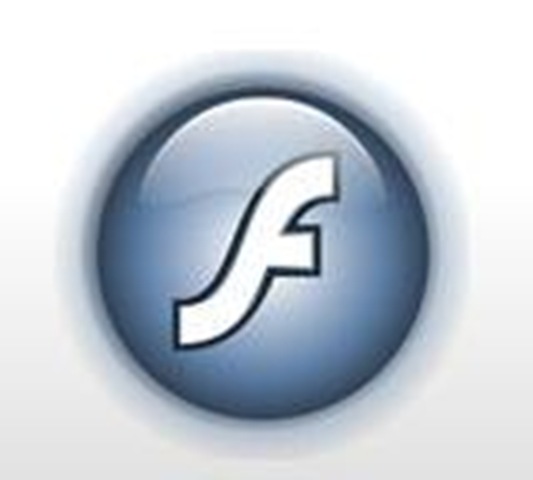What is software ?
Software is a general term for the various kinds of programs used to operate computers and related devices. (The term hardware describes the physical aspects of computers and related devices.)
Software can be thought of as the variable part of a computer and hardware the invariable part. Software is often divided into application software (programs that do work users are directly interested in) and system software (which includes operating systems and any program that supports application software). The term middleware is sometimes used to describe programming that mediates between application and system software or between two different kinds of application software (for example, sending a remote work request from an application in a computer that has one kind of operating system to an application in a computer with a different operating system).
An additional and difficult-to-classify category of software is the utility, which is a small useful program with limited capability. Some utilities come with operating systems. Like applications, utilities tend to be separately installable and capable of being used independently from the rest of the operating system.
applets are small applications that sometimes come with the operating system as "accessories." They can also be created independently using the Java or other programming languages.
Software can be purchased or acquired as shareware (usually intended for sale after a trial period), liteware (shareware with some capabilities disabled), freeware (free software but with copyright restrictions), public domain software (free with no restrictions), and open source (software where the source code is furnished and users agree not to limit the distribution of improvements).
Software is often packaged on CD-ROMs and diskettes. Today, much purchased software, shareware, and freeware is downloaded over the Internet. A new trend is software that is made available for use at another site known as an application service provider.







